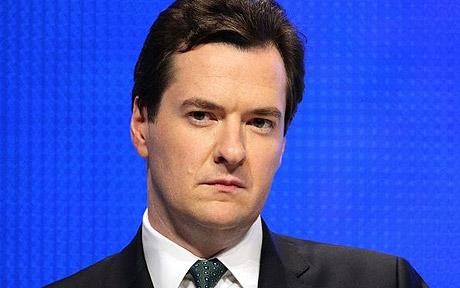 Real Business is a series of posts that analyses the marketing opportunities and challenges of real businesses in the South East. The articles are also appearing in The Courier.
Real Business is a series of posts that analyses the marketing opportunities and challenges of real businesses in the South East. The articles are also appearing in The Courier.For a family that has farmed in the Flimwell area since the 1700s it must have been quite a radical step to diversify away from the traditional ways to open some of the land up for such modern corporate pursuits as paint-balling. But that is what happened over 20 years ago when Peter Reeves, the eldest son, persuaded his father to allow him to set up and run Arena Pursuits Limited on the family plot.
What started out originally as a sideline offering paint-balling sessions to mainly corporate customers at weekends has become a fully-fledged centre for all manner of outdoor pursuits.
The list of activities available is extensive, ranging from riding quad bikes round the 8 miles of tracks to clay pigeon shooting, archery, raft building, paint-balling and many more besides. Irrespective of the activity selected, all sessions have to be pre-booked because most of the activities have to be supervised by qualified instructors and trainers.
 His customers are mainly companies, some coming from considerable distances. Typically, the sessions are used to instill team spirit. Others come for a fun-day out or to reward or incentivise staff. Some people come to learn to drive 4X4s and children of 11 years and over can be taught to drive a motor car before they qualify for a licence to take a vehicle on the public roads.
His customers are mainly companies, some coming from considerable distances. Typically, the sessions are used to instill team spirit. Others come for a fun-day out or to reward or incentivise staff. Some people come to learn to drive 4X4s and children of 11 years and over can be taught to drive a motor car before they qualify for a licence to take a vehicle on the public roads.Business is not good at present. After a bumper year in 2007 and a reasonable one in 2008, attendances fell away sharply, as a result of which 2009 and 2010 were poor financially and 2011 “already promises to be hard work”.
Peter Reeves is currently putting a great deal of effort into marketing Arena Pursuits. He has invested extensively in the website and into expensive promotional material. He networks furiously to put the word around about Arena, sometimes attending six or seven events each week. He is also about to embark on an e-marketing campaign aimed at existing and potential customers.
According to Mr Reeves “We are having a tough time because what we offer here amounts to discretionary spending for our customers. I would argue that good staff are hard to come by and should be rewarded, but the counter argument is that it is hard to justify corporate entertaining when people are being asked to take pay cuts.
"I would also argue that, unlike golf which doesn’t welcome ‘hackers’, Arena offers activities to suit everyone, regardless of age, fitness and ability.
“We are talking to existing clients all the time, but one bank we used to deal with has not held a client event for over two years”.
In addition to stepping up the marketing effort Mr Reeves is grappling with new ideas that may entice back the customers. He has considered and rejected the idea of holding Boot Fairs, Blossom Walks and Tree Walks, but is keen to cash in on the demand for survival courses, boot camps and ‘bush craft’.
The Marketing Eye says:
 Some might say that Peter is simply in the wrong market at the wrong time. This does not necessarily have to be the case.
Some might say that Peter is simply in the wrong market at the wrong time. This does not necessarily have to be the case.There are two strategies in circumstances like these: win more than your fair share of the business that is out there or diversify into new markets.
Diversification tends to carry investment risk, which means that improving market share is often seen as the less dicey option. To win market share, targeted awareness and a superior benefit are needed.
For corporates, the superior benefit that Arena is in a position to offer could be in the training and qualification of the instructors. This being the case, the marketing should constantly reinforce the benefit to create differentiation.
The planned email campaign needs to incorporate a strong call to action and focus on an offer that the prospect can take advantage of immediately. Thought needs to be given to the type of offer that will attract qualified prospects to visit the site and make a purchase. Once there, any hurdles that potential customers have to jump over to book should be eliminated.
For the families and stag/hen market, a Facebook presence, backed by Facebook advertising, should be considered. The demographic targeting options in Facebook are excellent and the ability for people to share and ‘like’ content means it is now an integral part of many businesses’ marketing strategies.
The website remains the place where people will make their enquiry decisions and improvements should be ongoing. Google Analytics will allow Peter to monitor exactly how traffic is moving through the site and, as importantly, where it is leaving. This will give him valuable insight to enhance the site and drive more enquiries.
















